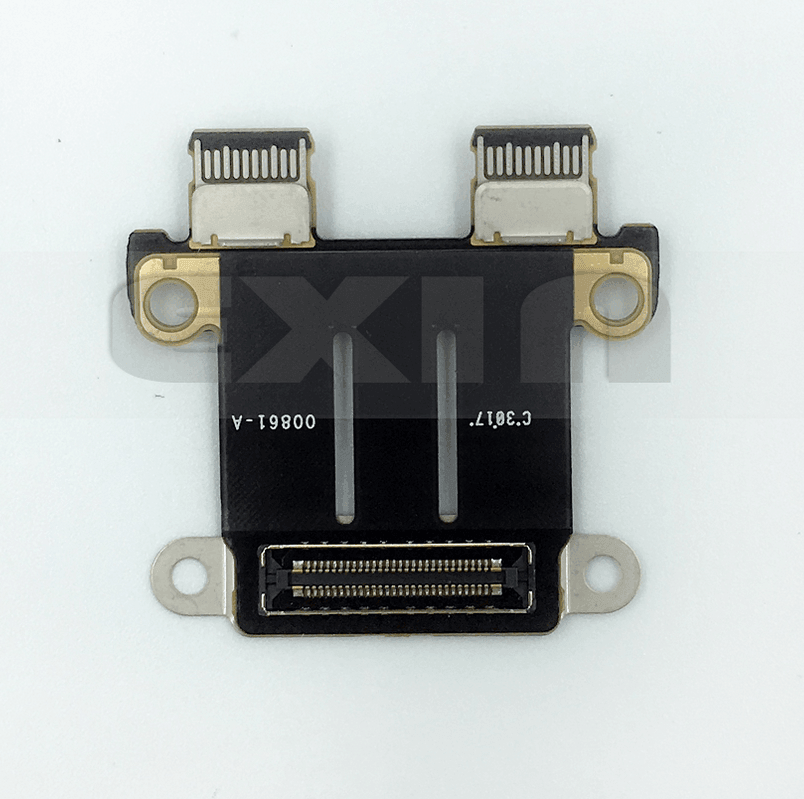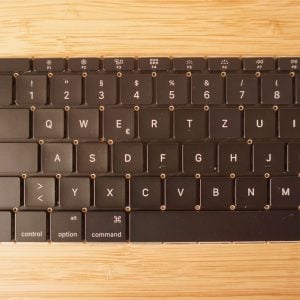Description
DC-IN USB-C Board MacBook Pro 13″ 15″ A1706 A1707 Replacement Part
A USB-C port can get damaged in a variety of ways, some of the most common ways include:
Physical damage: This can occur when the USB-C port is bent, twisted or otherwise subjected to excessive force. This can cause the port to become loose or even break off completely.
Debris: Dust, dirt, and other debris can accumulate in the USB-C port over time, which can cause damage to the port. When debris gets inside the port, it can cause the connectors to become corroded, which can make it difficult to connect devices to the port.
Improper Insertion/Removal: Inserting or removing USB-C cables from the port in an improper way, such as by wiggling it around or forcing it in at an angle, can cause damage to the port. This can cause the connectors to become bent or broken, making it difficult for devices to connect to the port.
Overheating: USB-C ports are designed to handle a certain amount of heat, but if the device gets too hot, the port can become damaged. This can happen if the device is left in direct sunlight, or if it is used for extended periods of time without adequate cooling.
Overuse: Continuously plugging and unplugging devices from the USB-C port can cause wear and tear on the port over time, which can lead to damage.
Auto Amazon Links: No products found. No products found.
 Deutsch
Deutsch




Reviews
There are no reviews yet.